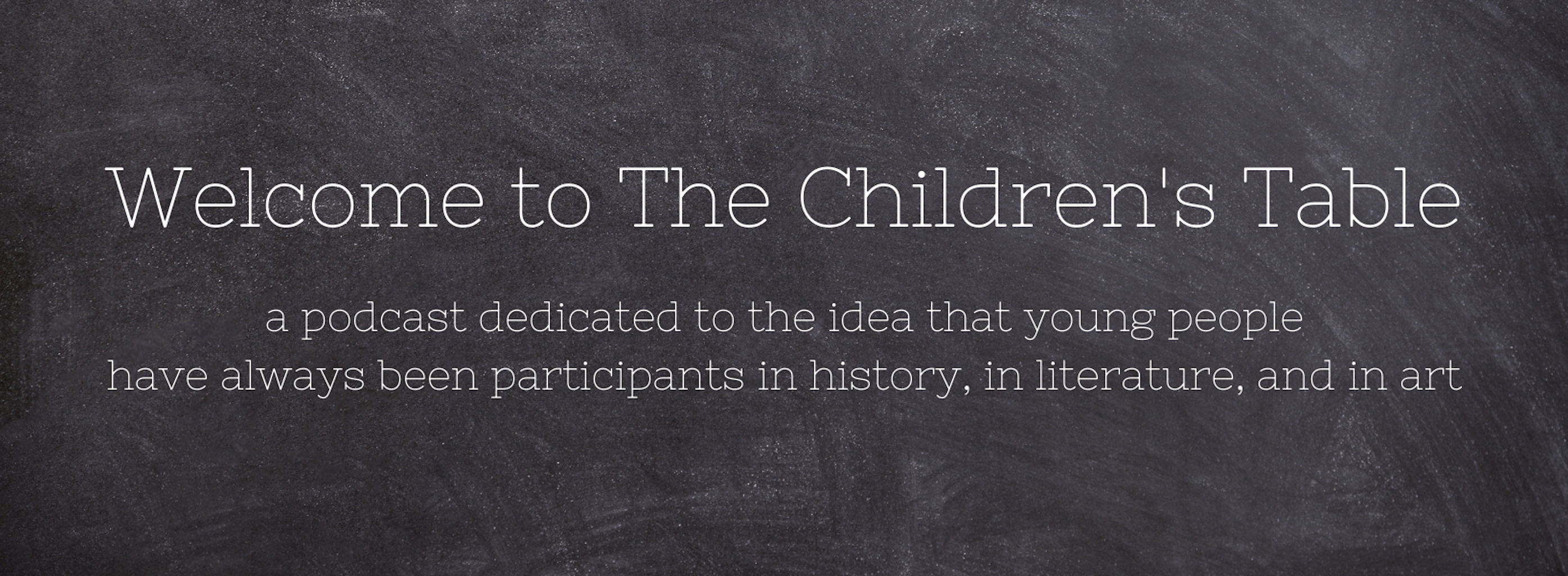
Our latest episodes
The Great Escape: Secret Hideouts and Teen Hangouts
Season Three, Episode Six

In this episode of The Children’s Table, we explore children’s hideouts. Why are we so obsessed with them? We think about how adults have romanticized the idea of kids’ hideouts in sources ranging from Mark Twain’s The Adventures of Huckleberry Finn in the nineteenth century to J. M. Barrie’s Peter Pan in the twentieth to rental advertisements in the twenty-first. We then look to historical sources to think through how and why children have sought out hiding spaces — including an interview with some very thoughtful young people about the role of privacy in their lives.
Don’t Touch That!: Why We’re So Uptight about Sex Ed
Season Three, Episode Five
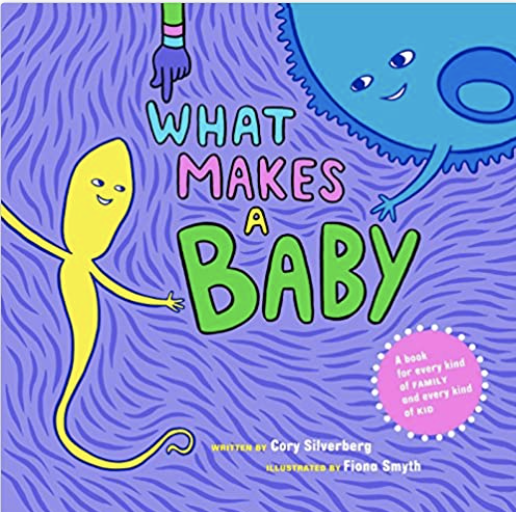
In this episode, we’re talking about sex education!
This fraught topic reveals much more about adult anxiety than it does about what young people need to know about sexuality.
We look at well over a century of cringe-y, weird, (sometimes) wonderful, and outright harmful sexual education curricula, from the 1890s to the 2020s, from hygiene books to picture books to Don’t Say Gay Bills that want to take books away, and we ask: why are we still getting so much wrong—and what’s going right?
It’s Dangerous to Go Alone!: The Secret Worlds of Video Games, featuring Dr. Derritt Mason and Dr. Angel Matos
Season Three, Episode Four
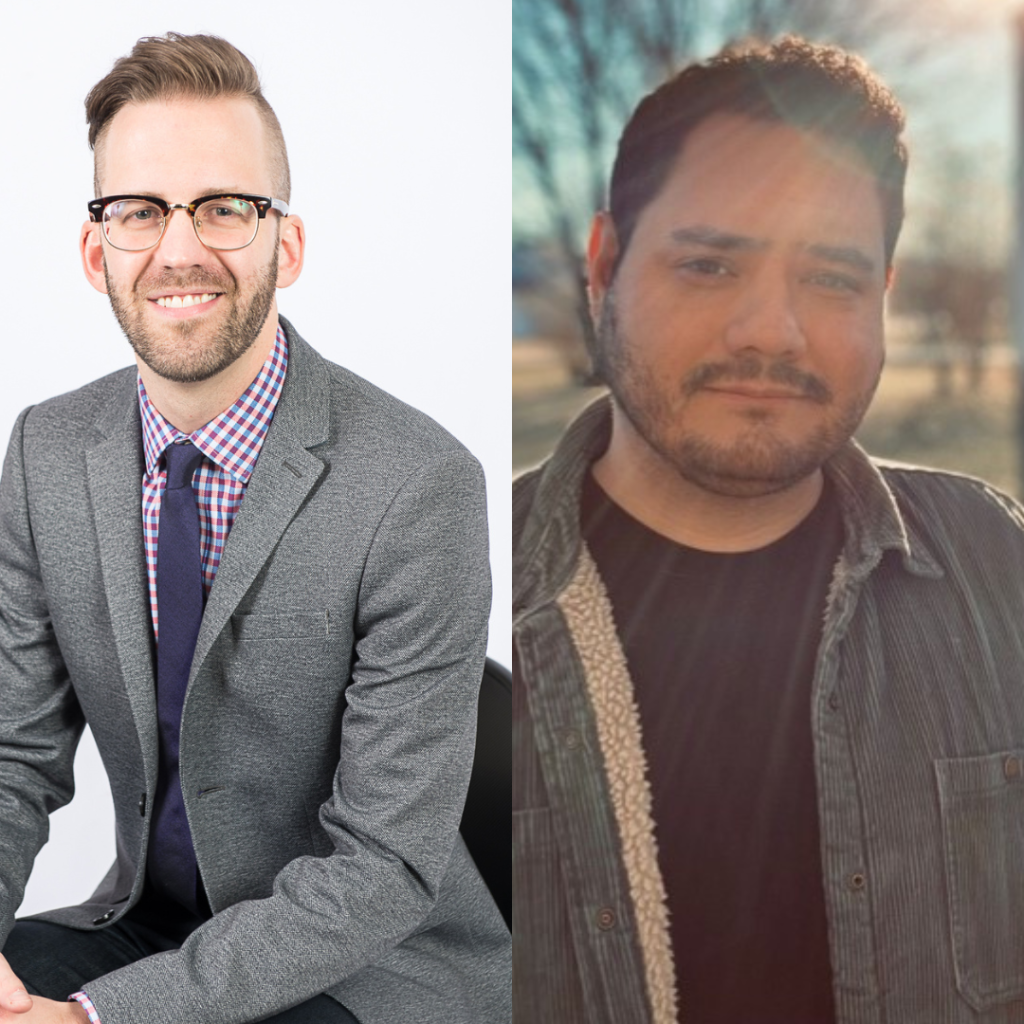
Get your quarters ready! Dust off your Super Nintendo! Perfect your avatar’s hairstyle! In this episode, we’re continuing our exploration of secret and hidden childhoods by talking about video games. While video games have long been at the center of adult anxieties about childhood, they also invite young people into vibrant virtual spaces. In a conversation with Dr. Derritt Mason and Dr. Angel Matos, we ask how these digital worlds might invite children and teens (and even adults!) to imagine new environments — or re-imagine the world around them. Together, we consider how video games make new stories and new modes of storytelling available to young people. See the episode page for bios.
The Tipsy Toddler: Talking Kids and Alcohol with Dr. Elizabeth Marshall
Season Three, Episode Three

In this episode, we’re thinking of the ways adults might think they are hiding alcohol from children, but with decidedly mixed results. Special guest Dr. Elizabeth Marshall explains that in our adult anxiety to keep things hidden from children, we wind up actually making things more dangerous, not less.
Elizabeth Marshall is an associate professor at Simon Fraser University, where she teaches courses on children’s literature and popular culture. Marshall is the author of Graphic Girlhoods: Visualizing Education and Violence (Routledge, 2018).
What’s the Word? Children’s Secret Languages
Season Three, Episode Two

In this episode, we’re talking about children’s secret languages: linguistic spaces where young people not only protect their own private thoughts from adults but also create new categories of meanings that eventually shape the language we all use.
From the secret languages twins speak solely to each other, to Pig Latin and internet slang, we celebrate the innovative (if clandestine) ways young people have devised to express themselves.
Hidden Childhoods and Double Age: An Interview with Dr. Holly White and Dr. Julia Gossard
Season Three, Episode One

In Season 3, we’re thinking about hidden childhoods, and this first episode asks us to think about how age itself is a murkier concept than we might imagine. We interview Dr. Holly White and Dr. Julia Gossard, who ask us to consider how Americans often impose a sort of “double age” on young people that assigns different meanings to someone’s chronological age depending on their race, class, and gender.
After the interview, we think aloud about how we have bent the definitions of childhood for poor children from nineteenth-century London streets to twenty-first-century California farms.
Topsy’s Afterlives: Dr. Brigitte Fielder on Black Girlhood, Past and Present
Season Two, Episode Six
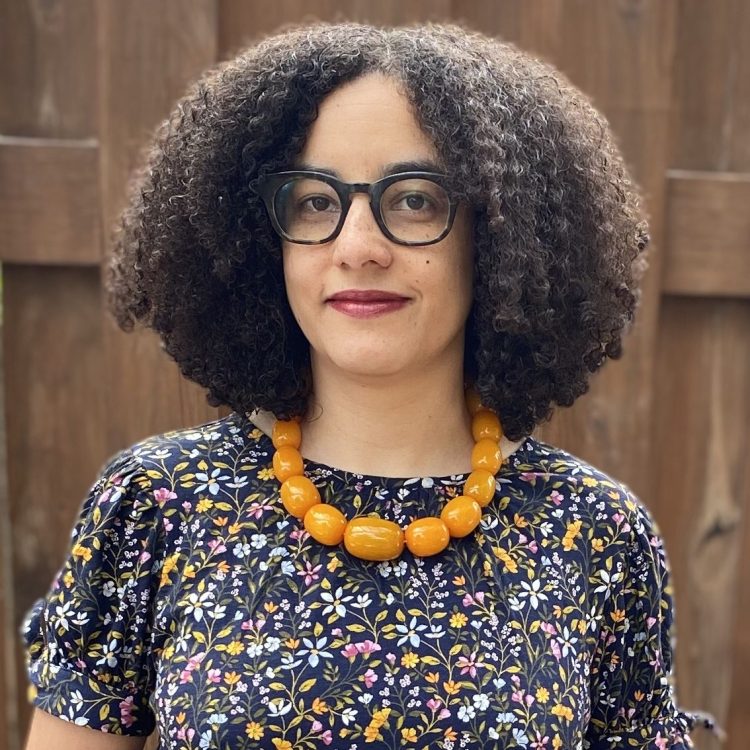
In this episode, we welcome Dr. Brigitte Fielder, whose scholarship focuses on African American literature and culture of the nineteenth century – when real life offered plenty of terrifying material, particularly for Black children.
Dr. Fielder shares her research on how children are held up as sites where racial histories are constructed, revisited, and reimagined, from Harriet Beecher Stowe’s Uncle Tom’s Cabin to Misha Green’s HBO series Lovecraft Country, from minstrel shows to picture books to school curricula.
What Gives Kids the Creeps? Children as Keepers of Fear Folklore
Season Two, Episode Five
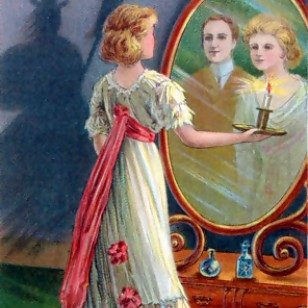
depicting mirror divination
In this episode, we will consider how children imagine themselves in relation to the invisible, the supernatural, and the spooky.
Along the way, we’ll ask: how do children describe their encounters with fear, with terror, or with the supernatural? How do adults remember their childhood fears? What are some of the stories and legends young people share when it comes to the otherworldly? And what are toilet ghosts?
Love, Return, and Resistance: Dr. Cristina Rhodes on Día De los muertos and Latinx activism
Season Two, Episode Four

For the first time, we’re excited to welcome a guest to The Children’s Table! In this episode, we talk to Dr. Cristina Rhodes, an Assistant Professor at Shippensburg University. Her research centers Latinx childhoods and how they are represented in literature, film, television, and other media.
Hear Dr. Rhodes on the diversity of El Día de Los Muertos (and how kids’ media gets it wrong, and gets it right), the relationship between futurity for Latinx youth and bodily transformation, the compelling story of 17-year-old Latinx activist Carmelita Torres, and the irrepressible spirit of current young Latina activists – and get some reading recommendations along the way.
Death, Loss, and Nightmares: Why Photographs of Kids Are So Scary
Season Two, Episode Three
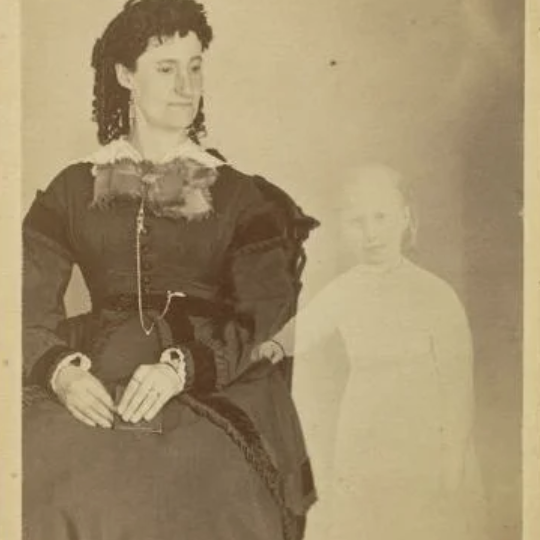
Pictures hold the promise of capturing a moment in time — a promise that is especially enticing when the subjects are children, who always seem (to parents at least) to be growing up too fast. In this episode, we consider how images of children were used to capture not just happy memories of childhood moments but the very spirit of children no longer here to make new memories. We’ll move from the 1800s to the 1970s, from photo albums to fairy tales to nightmares, to think about the particular power of the photographed child. How did portraiture and photography change how adults experienced grief over children’s deaths? Why are photographs of children particularly powerful, sad, or strange? What does photography allow us to capture about children — especially those elements of childhood that we find most unsettling?
Before & After the Satanic Panic: Conspiracies and Their Consequences for Real Kids
Season Two, Episode Two
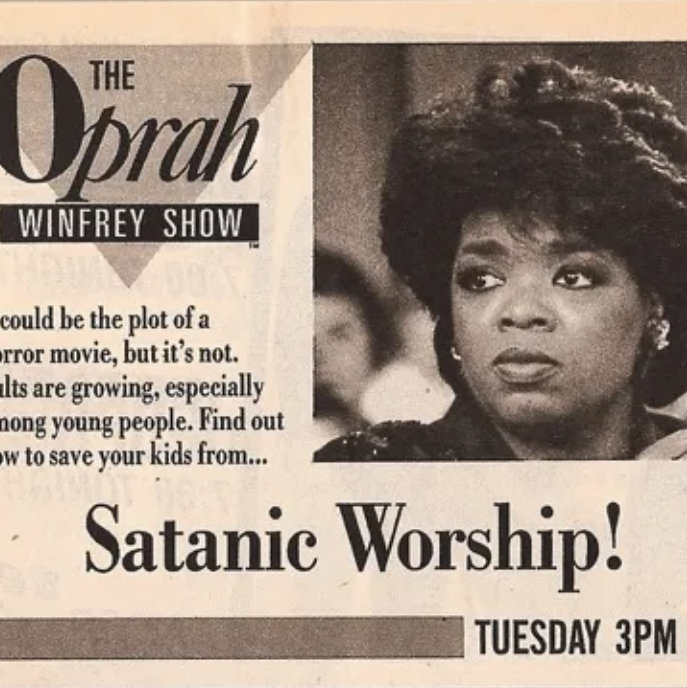
This episode explores moments when adults become consumed by the specter (see what we did there?) of children in spiritual danger – and spiritual danger so severe that it threatens their physical well-being. Where do these fears come from? How do our ideas about children’s vulnerabilities feed those fears? How do adults act on their anxieties, and how do kids respond? We consider a range of texts across time that exemplify adults’ fears about children’s potential contact with the darker side of the supernatural – from James’s unsettlingly child protagonist Flora in Turn of the Screw to images of endangered children circulated by conspiracy-driven organizations such as QAnon – but our conversation centers around a watershed cultural moment when adults’ fears about children’s safety reached a fever pitch: the Satanic Panic of the 1980s.
Talking to Spirits: Children as Ambassadors to Otherworldly Realms
Season Two, Episode One
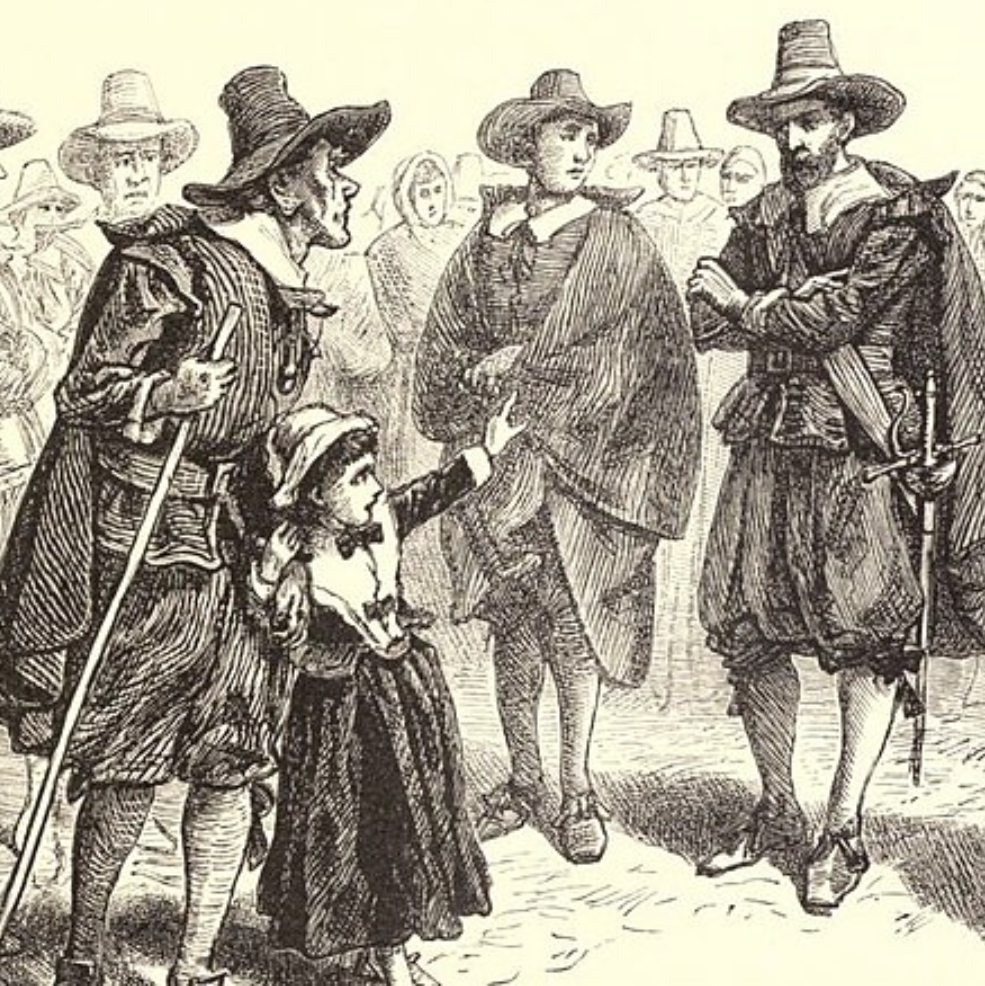
Our first episode of Season Two looks at moments in history when children were imagined as having one foot in both the natural and supernatural worlds. Sometimes children saw themselves as powerful ambassadors to the spirit realm — a realm where there were forces even more powerful than the adults that otherwise ruled their lives. At other points, children were seen as the victims of supernatural forces, often working in tandem with evil adults. These narratives often resulted in adults telling themselves they were empowered, indeed required, to take on the role of heroic avenger on behalf of beleaguered children. Come for the medieval children who could prophesy the future through crystals, stay for the 19th-century spiritualist children who claimed to talk to the dead!
What Do Students Want from Schools? Student- and Community-Led Curricula and Social Justice
Season One, Episode Six
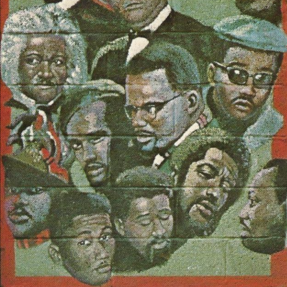
This episode explores how often lesson plans devised for American children reflect adult biases about nation, race, and religion, and ponders the results of curriculum that winds up excluding the very children it is designed to educate.
Where did our current educational standards come from? What power do students have to shape what their schools teach them? Who decides what is written in the textbooks children read? We have some surprising answers.
How Have Schools Disciplined Their Students? Excesses and Inequities
Season One, Episode Five
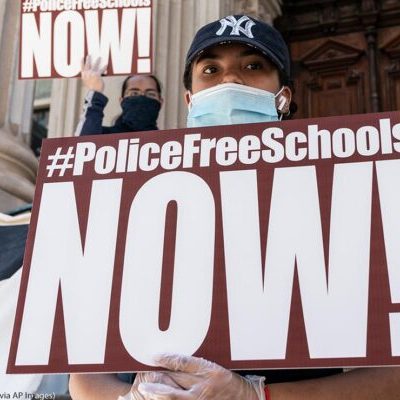
police-free schools. ACLU.
We like to imagine schools as places where children are encouraged to explore their environment, learn new things, and expand their imaginations. But for many children, learning is a process distorted by a fear of punishment.
Unfortunately, that belief is still with us, particularly when it comes to disciplinary measures deployed on children of color. In this episode, we explore the racial and political history behind the belief that some children require fear and pain in order to learn. We end with a brief exploration of how some schools offer alternatives to a disciplinary regime that has become so extreme critics refer to it as the school-to-prison pipeline.
What Is “Phys Ed,” Anyway? Rousseau, Penmanship, Playgrounds, and Other Educational Exertions
Season One, Episode Four
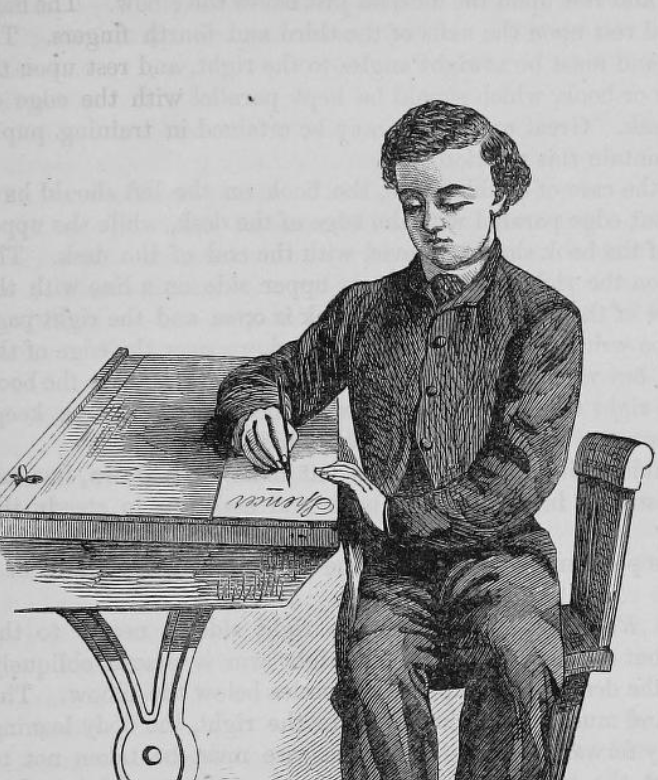
If you’ve attended school in the US in the past 50 years, physical education probably has an oversized influence on how you think about the school day — for better or for worse. As we are constantly reminded by popular culture, physical education has been a rite of passage for school children for generations. Today’s episode turns to Enlightenment philosopher Jean-Jacques Rousseau to explore how eighteenth-century thinking about children’s bodies still resonates with how we imagine children learn. We then explore other iterations of physical education, including the contortions of handwriting class and the heady dangers of adventure playgrounds.
An Unexpected School, a Revolutionary Student: The Young James McCune Smith Meets Lafayette
Season One, Episode Three
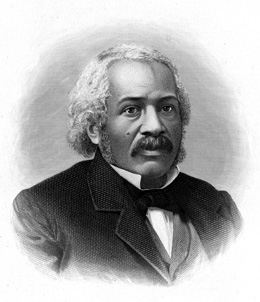
New York Historical Society
In this episode, we discuss the difficulties of finding children in the historical archives, and we celebrate one particular child who defies our assumptions of what life was like in the nineteenth century.
James McCune Smith became the first African American to earn an M.D., but before that he was a star student, met the Marquis de Lafayette in New York City, and joined other African American students for advocating for change— all nearly forty years before the Emancipation Proclamation.
Are Students Tiny Capitalists? Swapping Tickets, Limes, and Squirrels with School Kids
Season One, Episode Two
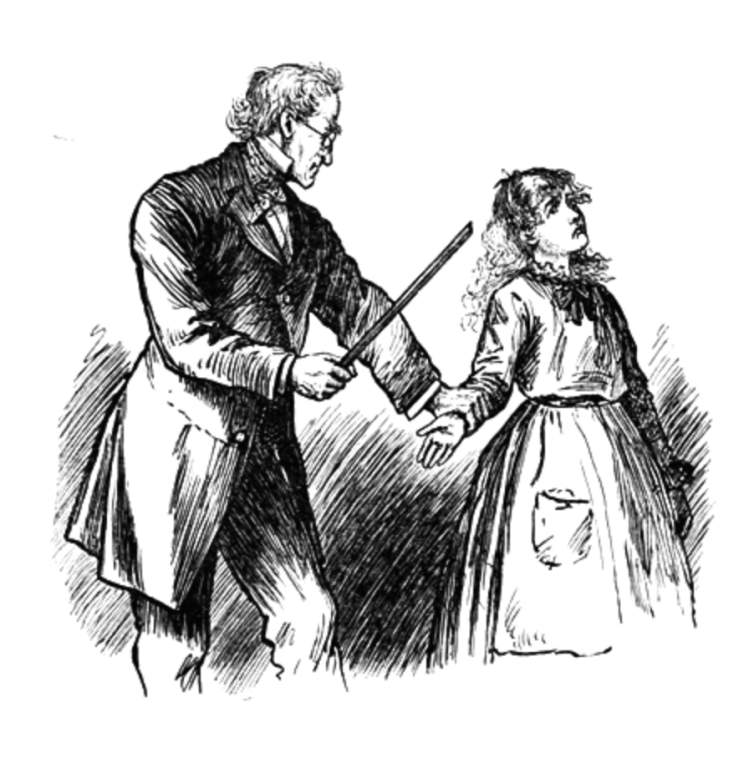
We have talked about how we imagine children through the lessons we feel they need to learn. In this episode, we’re thinking about another part of the schooling process — how to get children to do the work we’ve decided it’s important for them to do, whatever it is!
Systems for motivating children, from trading good behavior for tickets to paying students for earning As, reveal what adults think children want. What children do within those systems sometimes tells us something quite different… and sometimes it involves caged squirrels.
What Do Kids Want? The Logic Behind Teaching Kids to Hate Drinking and Love Playing
Season One, Episode One
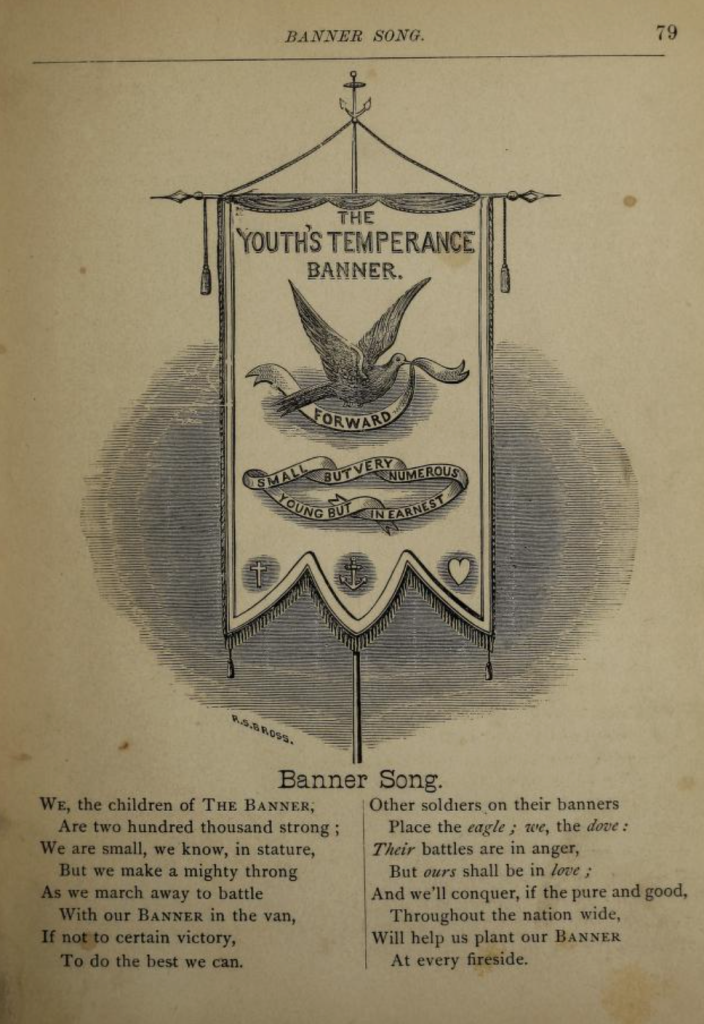
If you want to see a culture’s hopes and fears, look at their lesson plans. What we decide to teach – and what we decide to avoid teaching – tells us a lot about what we believe. In this episode, we ask: how do our ideas about children and childhood impact curriculum? How do changes in curriculum reflect changes in what adults believe children are, what children want, and what children need to learn?
In this episode, we explore the bizarre lessons embedded in nineteenth-century temperance curriculum, which was dedicated to teaching children what not to want. (Hint: it’s alcohol!) We also examine the philosophy of German educator Friedrich Froebel, who placed children’s wants at the center of the school day. Finally, we consider the ongoing struggle over how much say young people have in the content of the lessons that they are asked to absorb.
The Children’s Table enjoys the support of:

